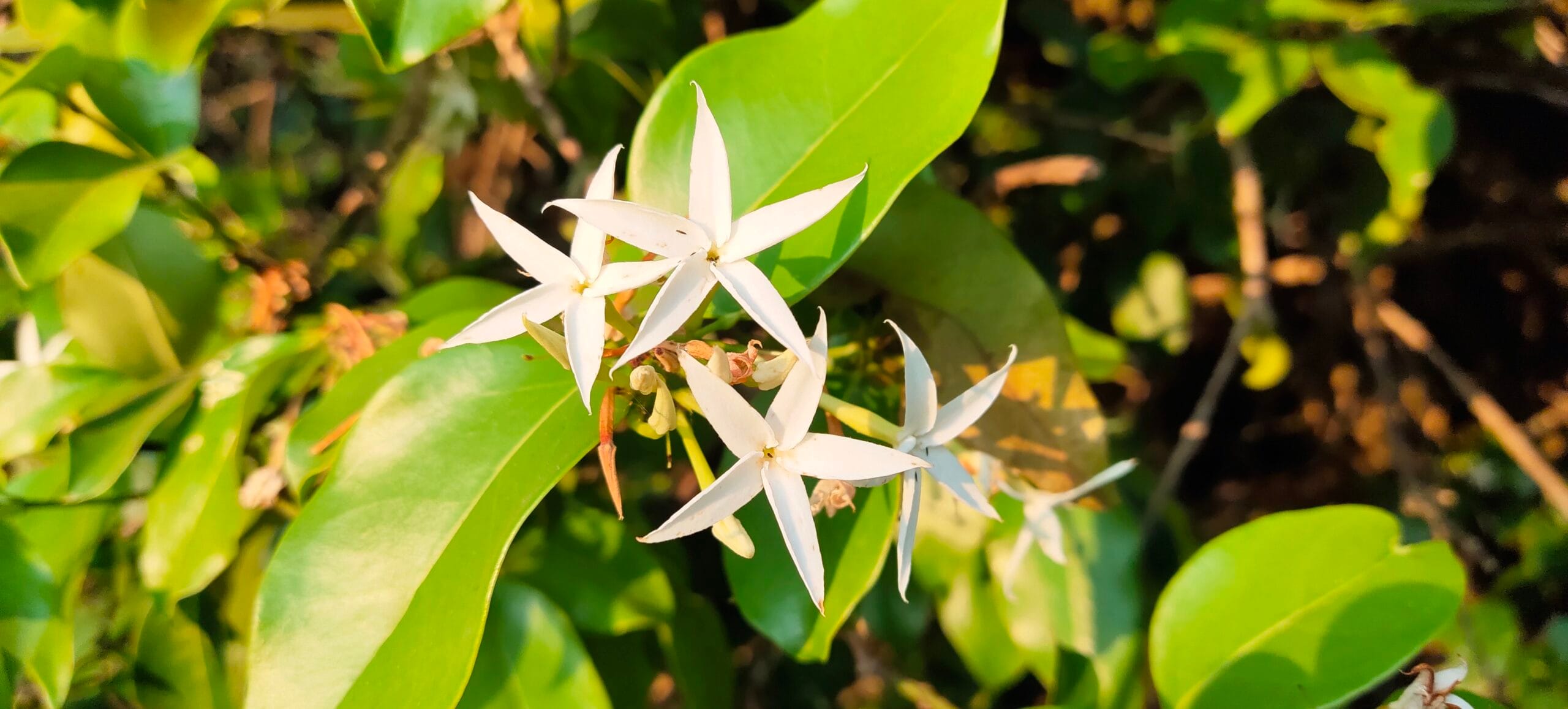KARVAND

listen about me
Carissa carandus L.
Classification:
Kingdom: Plantae
Division: Angiospermae
Class: Gamopetalae
Subclass: Gamopetalae
Series: Bicarpelatae
Order: Gentianales
Family: Apocynaceae
Genus: Carissa
Species: carandas
Scientific Name: Carissa carandus L.
Common Name-
English: Bengal Currant, Christ's thorn
Hindi: Karonda करौंदा
Kannada: ಕವಳಿ ಹೂವು ಕವಳಿ ಹೂವು Kavali hoovu, ಕವಳ Kavala, ಕವಳಿಕಾಯಿ Kavalikai ಕರಿಚೆ Kariche,
ಗರಿಚೆ Gariche, ಗರ್ಚ Garcha, ಗರ್ಜಿ Garji, ಕರಂಡ Karanda, ಕಣಬೆ Kanabe, ಕರಮರಿಕೆ Karamarike,
ಕರಮರ್ದ Karamarda, ಕೞವೆಗಿಡು Kazhavegidu
Malayalam: Karakka
Telugu: Peddakalavi
Marathi: karvand
Tamil: களா Kalakkai
Sanskrit: करमर्दः Karamard, करमर्दी Karamardi
Distribution: The plant flourishes in regions with high temperatures, and it is abundant in
the Western Ghats of Konkan in the western coastal states of Maharashtra, Coastal
districts Karavali of Karnataka state Goa in India. It is also grown naturally in the temperate
conditions of the Himalayan Siwalik Hills of India and Nepal at elevations of 30 to 1,800 metres (98 to 5,906 ft).
Description:
Habit & Habitat: The Karvand is a sprawling semi-vine shrub native to India.
Leaves: Leaves are from one-and-a-half to two-and-a-half inches long, very dark green, shiny and opposite and they have large spines like many other Carissas. If the leaves or stems are injured, the white milky sap is seen, which is characteristic of
this group of plants. Although carissa karanda can be kept clipped into a shrub, it really prefers to act much like a vine similar to bougainvillea and will climb to the tops of rather tall trees.
Flowers: Small, fragrant, three-quarter-inch white flowers, with rose stalk, are produced from early spring through late fall and the clusters of small purplish to black fruit ripen from May through October.
Fruits: Fruit size is variable, but most fruits are about three-quarters of an inch in diameter with a few seeds. Fruits usually occur in clusters somewhat resembling large purple grapes. Fruit quality is excellent in this authors opinion, somewhat
resembling that of a blueberry in flavor. Fruits can be eaten fresh or used for jellies or jam.
Medicinal uses: Its fruit is used in the ancient Indian herbal system of medicine, Ayurvedic, to treat acidity, indigestion, fresh and infected wounds, skin diseases, urinary disorders and diabetic ulcer, as well as biliousness, stomach pain, constipation, anemia, skin conditions. The roots serve as a stomachic, an
anthelmintic medicine for itches and also as insect repellents.
